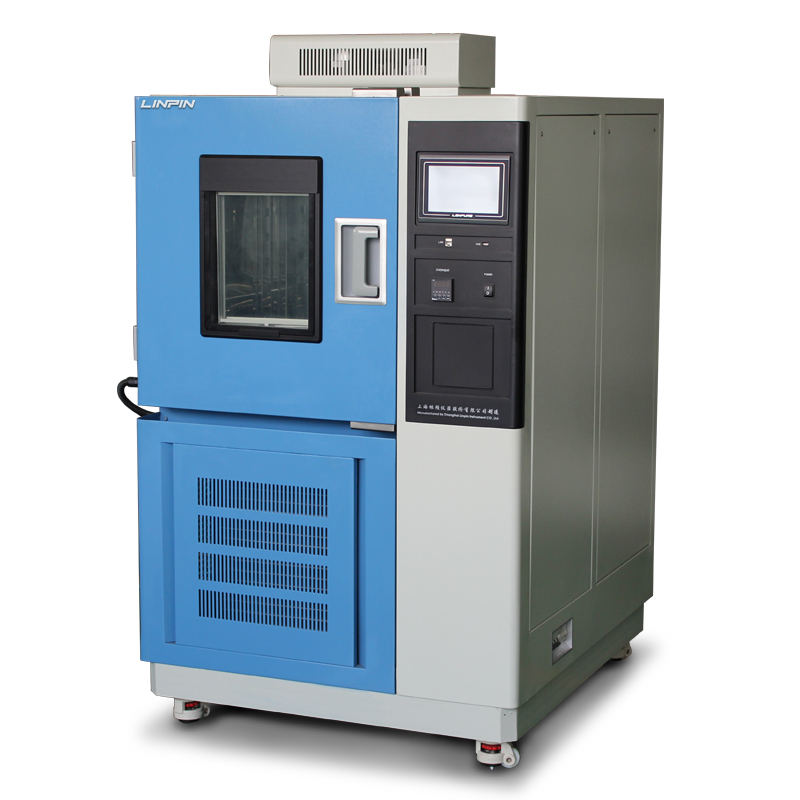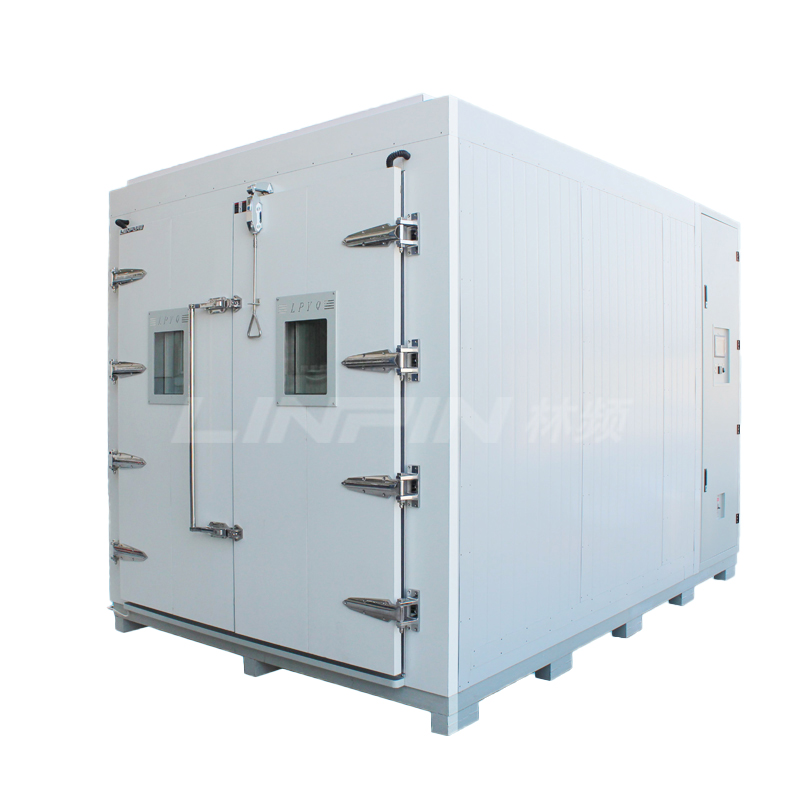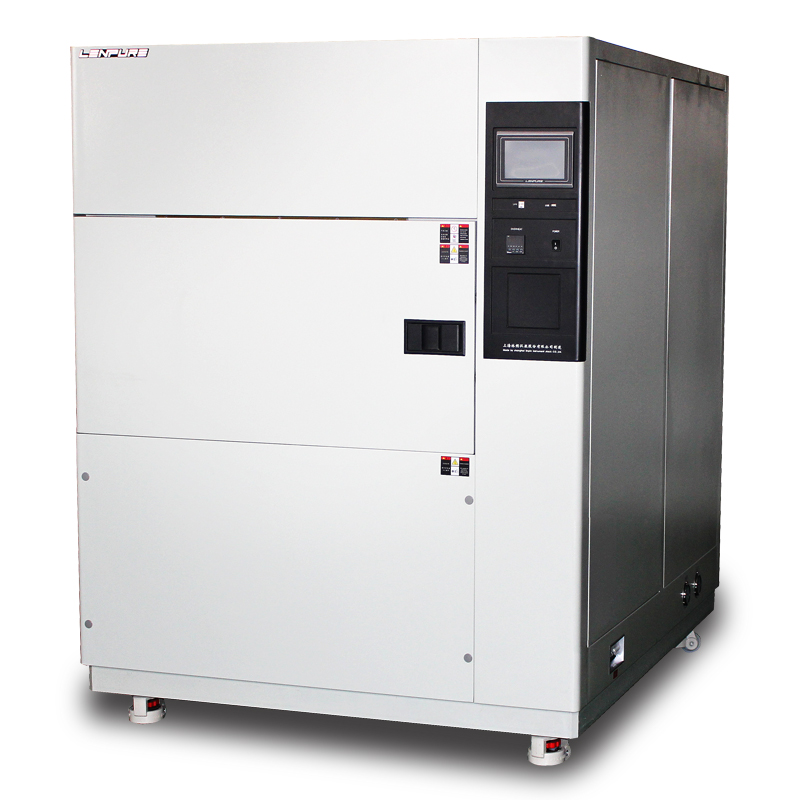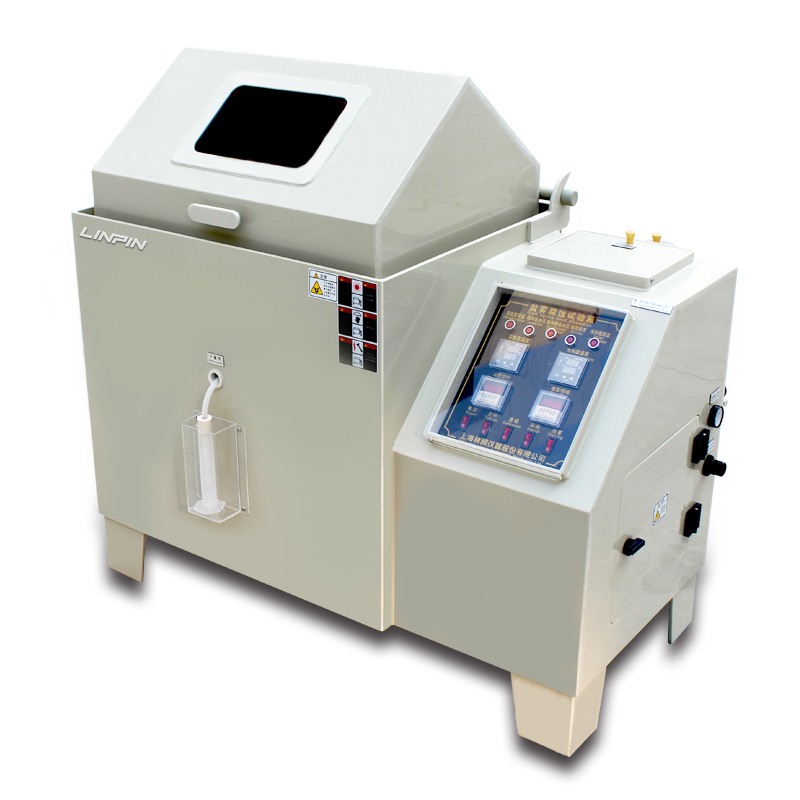Handling of Specimens after Completion of Temperature Chamber Testing
Author:LINPIN Update Time:2025-09-16 Source:LINPINThe handling of specimens after the completion of temperature chamber testing is a decisive factor in determining credibility, repeatability, and long-term value of environmental data. Temperature chambers are applied to replicate extremes of heat, cold, or cyclical variation. Once these rigorous exposures conclude, the subsequent management of specimens establishes the ultimate value of the test.
1. Immediate Post-Test Protocols
1.1 Stabilization before Removal
Specimens exposed to high or low temperature must undergo stabilization before removal. Immediate transfer to ambient conditions risks condensation, thermal shock, and measurement distortion. Common practices include:
-
Gradual equalization to laboratory conditions;
-
Interim placement in buffer enclosures with moderated air exchange.
1.2 Avoidance of Uncontrolled Condensation
For electronic assemblies, polymers, or coated surfaces, uncontrolled condensation can compromise insulation, adhesion, or microstructural integrity. Protective measures include:
-
Delaying inspection until moisture equilibrium is reached;
-
Using sealed containers with desiccants for temporary storage.
1.3 Documentation at Removal
The condition of the specimen at removal is valuable data. Recommended actions:
-
Standardized photographic documentation;
-
Dimensional gauging;
-
Preliminary weight measurement.

2. Transport and Transfer Conditions
2.1 Thermal Insulation during Transit
Insulated carriers, protective foams, and vibration-damped cases safeguard specimens. For electronics, combine thermal insulation with anti-static shielding.
2.2 Prevention of Mechanical Disturbance
Microcracks, delamination, or solder joint geometry changes can be masked or aggravated by improper handling. Shock-absorbent packaging is essential.
2.3 Chain-of-Custody Assurance
Each transfer must be recorded with time stamps, responsible personnel, and environmental conditions, ensuring full defensibility of test results.
3. Inspection and Measurement
3.1 Non-Destructive Evaluation (NDE)
Techniques such as optical microscopy, SEM, X-ray, ultrasonic scanning, and infrared thermography reveal structural changes without altering the specimen.
3.2 Functional Verification
-
Electrical assemblies: continuity, resistance, leakage, and performance testing;
-
Mechanical assemblies: tensile, compressive, or torsional testing.
3.3 Surface Characterization
Assessment of coatings and finishes through spectrophotometry, adhesion tape tests, or corrosion initiation studies.
3.4 Dimensional Stability Analysis
Precision components undergo CMM verification to detect deviations induced by thermal cycling.

4. Preservation for Long-Term Analysis
4.1 Archival Storage
Sealed inert packaging with controlled humidity and temperature. Nitrogen-purged cabinets are widely used.
4.2 Coding and Traceability
Unique identifiers linked to chamber parameters, cycle counts, and measurement data stored in digital systems.
4.3 Duration of Retention
Retention periods vary by sector: aerospace and automotive demand 5–10 years, while consumer electronics may require shorter durations.
5. Disposal and Responsibility
5.1 Hazardous Material Compliance
Disposal must align with RoHS, WEEE, and local hazardous waste legislation.
5.2 Data and Intellectual Property Protection
Shredding, incineration, or chemical neutralization may be necessary to prevent reverse engineering.
5.3 Sustainability Demonstration
Recycling of metals and plastics, with documentation of waste diversion rates, strengthens corporate reputation.
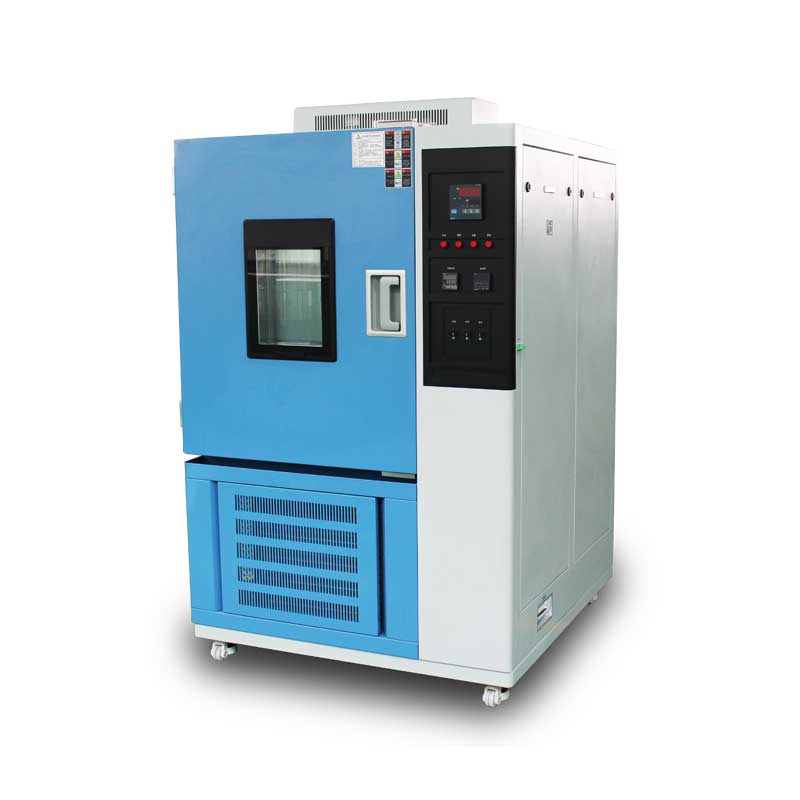
6. Integration into Quality Management Systems
6.1 Standard Operating Procedures (SOPs)
Clearly defined SOPs reduce variability and increase client confidence.
6.2 Personnel Competence
Certified technicians trained in thermal shock, moisture migration, and material fatigue are essential.
6.3 Audit Readiness
Documentation of stabilization, transfer, inspection, and storage supports successful external audits.
7. Application Examples
7.1 Aerospace Structures
Post-test transfer into vacuum chambers for outgassing analysis requires specialized infrastructure.
7.2 Automotive Electronics
Recovery periods before powering ECUs prevent false leakage signals caused by condensation.
7.3 Medical Devices
Implantable devices demand sterile handling and cleanroom-grade processing after chamber exposure.
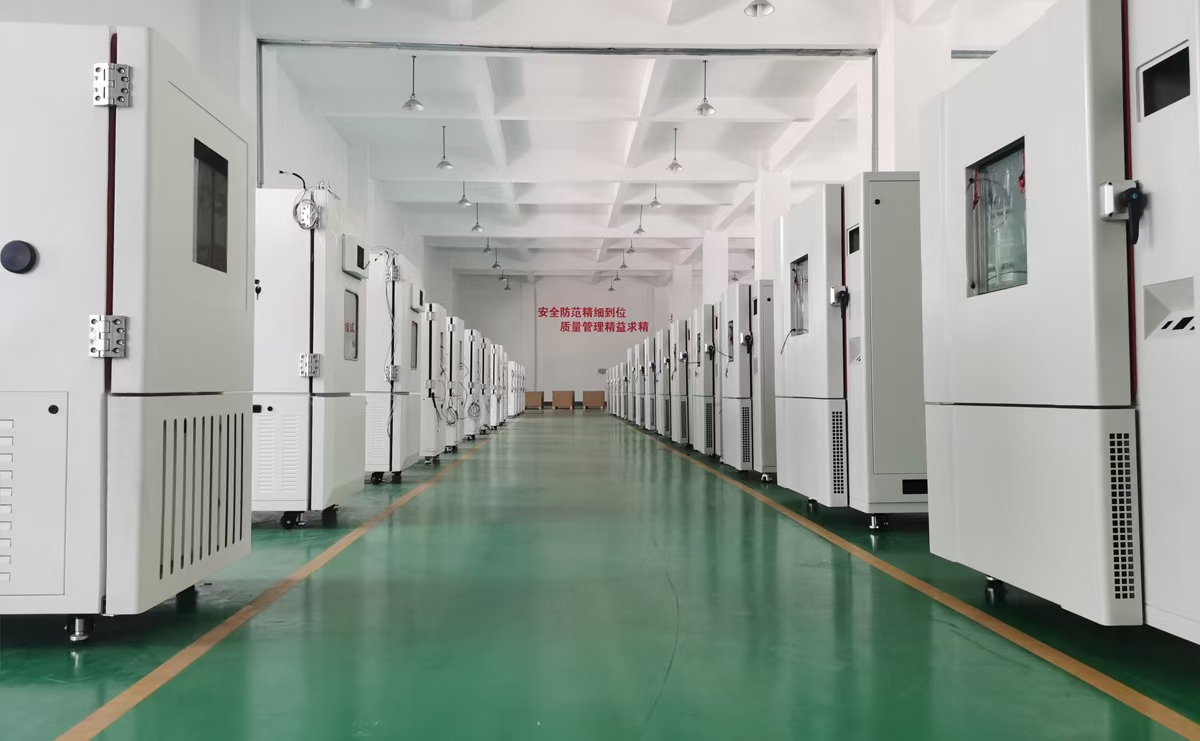
8. Strategic Value
8.1 Reputation for Reliability
Meticulous handling establishes trust and long-term client partnerships.
8.2 Regulatory Defensibility
Documented handling ensures acceptance of results by authorities and regulators.
8.3 Commercial Efficiency
Well-preserved specimens allow supplementary testing without repeating costly chamber cycles.
Specimen handling after temperature chamber testing represents the transition from applied stress to actionable knowledge. Each step—stabilization, transfer, inspection, preservation, and disposal—determines the credibility of results. Providers capable of ensuring authority, precision, and sustainability demonstrate the maturity to serve as trusted partners in global industries.

